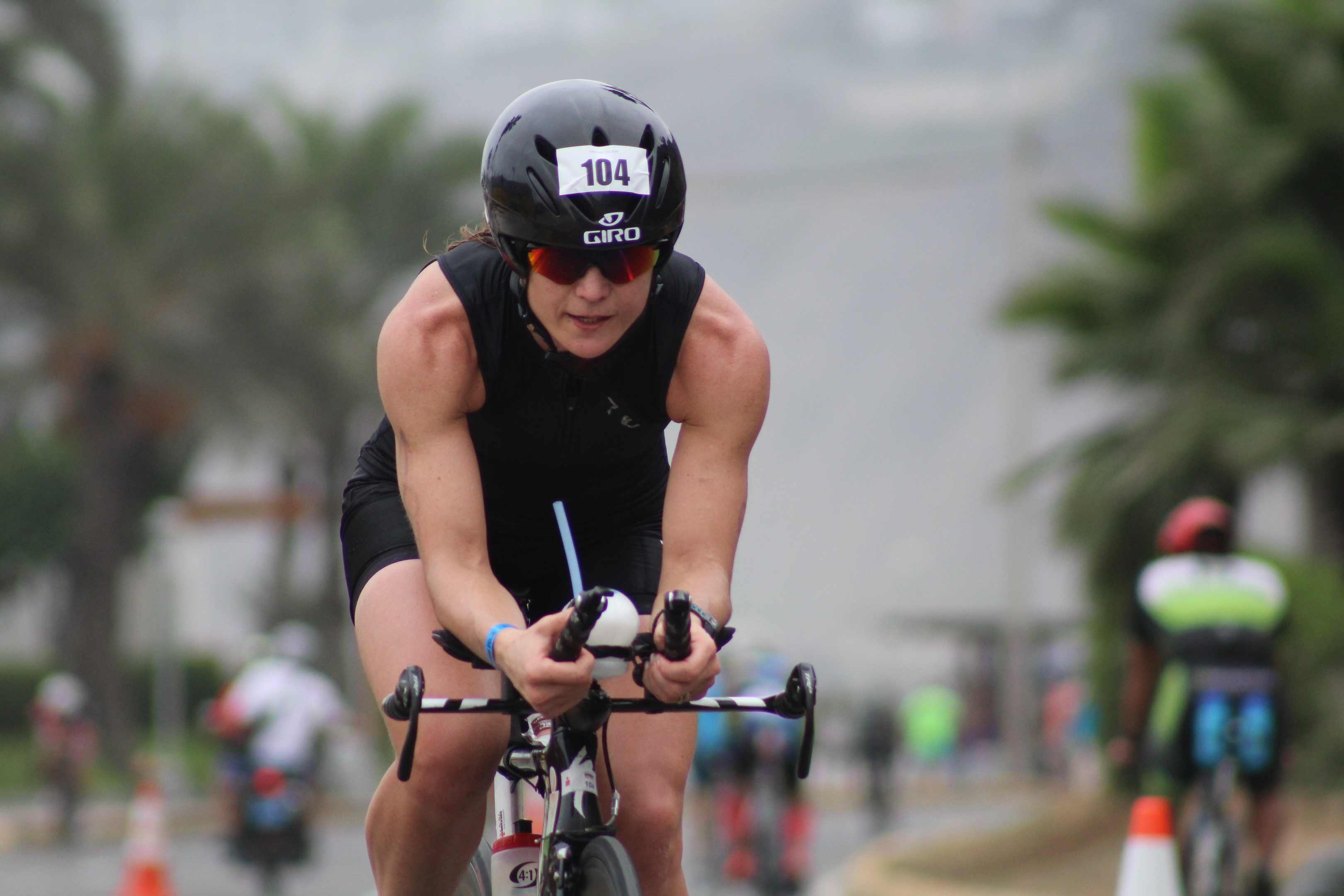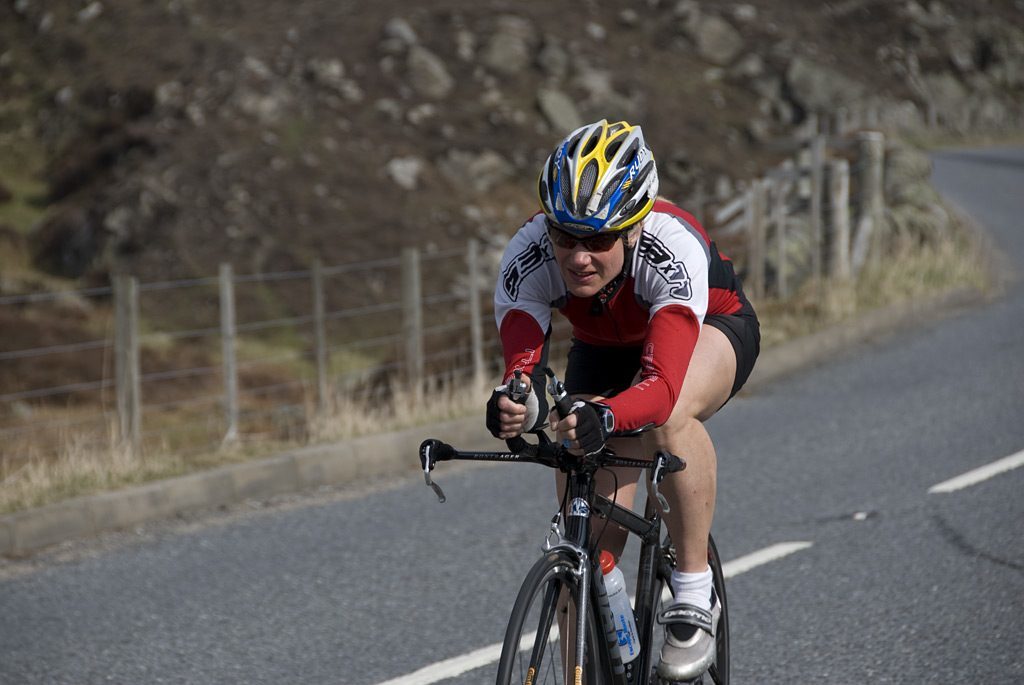The Tour de France (TdF) starts today in Düsseldorf with a 14km time-trial on the banks of the Rhine. This short course is almost completely flat and will organise the race standings for the next flat road race stage and decide the first wearer of the Yellow Jersey for 2017.
Normally these initial time-trial stages are known as prologues and are decided on courses shorter than 8km. The stage in Düsseldorf is twice the length of that, but still shouldn’t cause any upsets or concerns with those with their eye on wearing the Yellow Jersey into Paris on July 23.
It is possible however that the final time-trial on the penultimate day of the TdF could decide the eventual winner. Time-trialling is a facet of road cycling that many riders struggle with while others excel and multi-day stage races are often decided by who is fastest against the clock.
The Giro d’Italia in 2017 was determined in such a fashion as Dutchman, Tom Dumoulin, reclaimed a 53 second deficit over Colombian, Nairo Quintana and converted it into a 31 second win.
After three gruelling weeks of racing it was a nail-biting finish, but not as much as the famous battle in the final day of the 1989 TdF. That year American Greg Lemond beat the French hopeful, Laurent Fignon, by just eight seconds in the time-trial around the streets of Paris.
Fignon had already won the TdF twice before in 1983 and 1984 and in 1989 he had just won the Giro d’Italia, so he was one of the favourites to win. Lemond was ushering in a new era of cycling. His mannerisms, attitude to training and racing and even his equipment were all contemporary and made the methods of the rest of the peloton seem anachronistic by comparison.
Turning up to the start line with aero helmet and time-trial triathlon bars – now de rigueur for cyclists wanting to be the fastest against the clock but back then they seemed positively alien – Lemond seemed calm and collected, whereas Fignon, who rode with no helmet, normal drop-handlebars and his blonde pony-tail flapping in the wind, seemed the more nervous of the two.
The resulting eight second win by Lemond remains to this day the closest margin ever for a TdF victory. It ushered in a new era of riders looking at technology and equipment to push the boundaries of speed on their bikes and despite the anguish of Fignon it provided one of the most memorable stage race finales ever.
Fignon felt that he had been cheated, primarily because of a handlebar that had not yet been permitted by the rules, but perhaps his regrets were more to do with the legacy his loss created. In his biography We Were Young and Carefree, Fignon writes that he was often met with exclamations of: “Ah, I remember you: you’re the guy who lost the Tour de France by eight seconds!” His stock reply was always: “No monsieur, I’m the guy who won the Tour twice.”
Time-trialling is one facet of cycling I have always struggled with, probably because I am no good at it. It requires a certain mindset and total concentration, commitment to suffering and raw power. There is no hiding in a peloton; it is just you, the road and the seconds ticking away in front of you.
When I have ridden time-trials – and I taken part in alot – I find my concentration lapses and I start thinking about what I am going to have for my tea that night. Despite my inability to be any good at them I still love watching them in professional races and with any luck they will add extra spice to the 2017 TdF.
Join the Blazing Saddles Strava Club at: www.strava.com/clubs/BlazingSaddlesWeekendCourier
Where to Ride? Dundee to St Andrews
Start/ Finish: OS Landranger 1:50000 Map 54 & 59
Start: Tay Bridge OS 1:50,000 Map 54 – NO407301
Finish: St Andrews OS 1:50,000 Map 59 – NO5117
Distance: 20 miles/ 34km (one way)
Suitable For: Moderate mixed on and off road route
Description: The route starts with a crossing of the Tay Road Bridge, before turning east at Newport-On-Tay along a lovely section of cycle path towards Tayport. The route then carries on through Tayport and into Tentsmuir Forest, before heading back out to Leuchars. A short road section at Guardbridge will lead you onto another section of cycle path that finishes in St Andrews
A detailed route on an OS map can be found at
https://goo.gl/Rq2t4F

